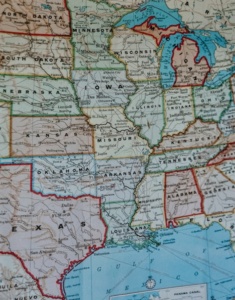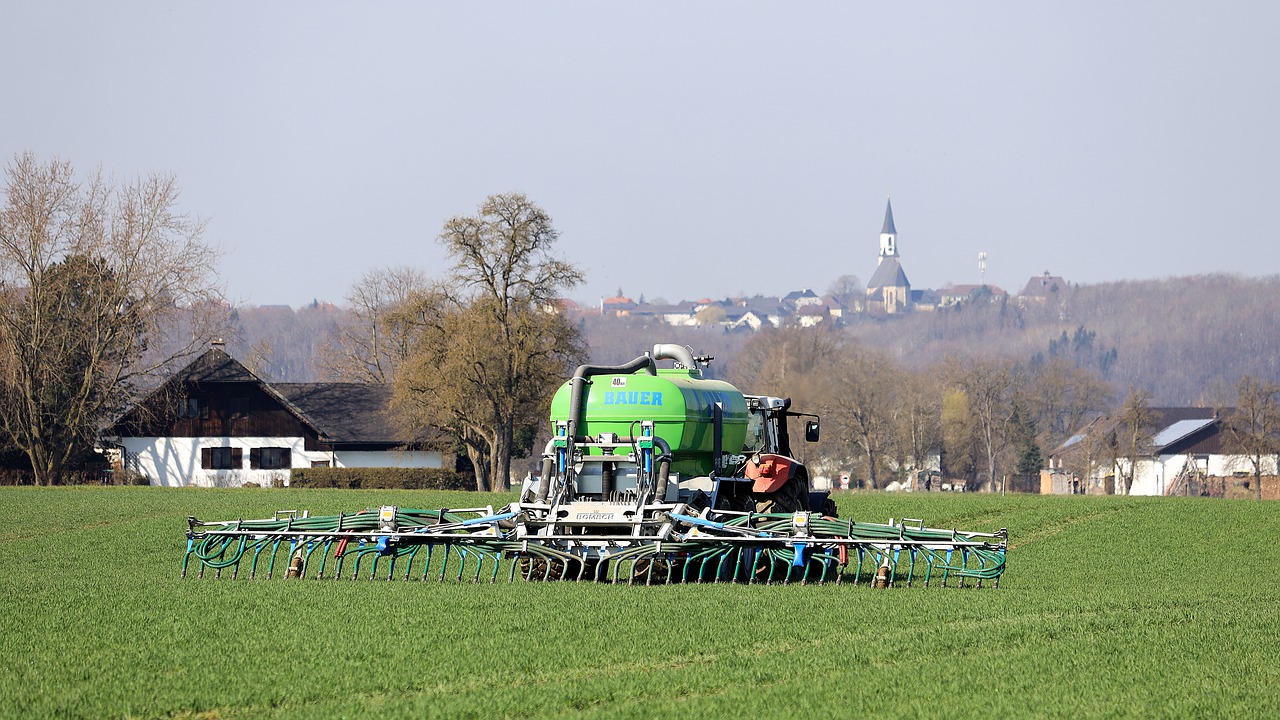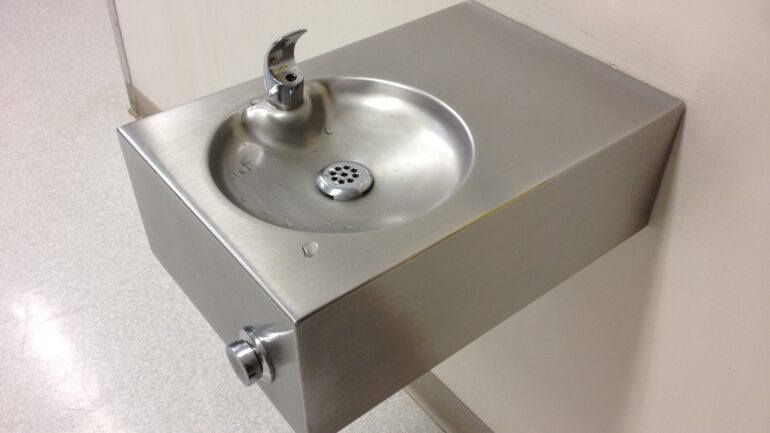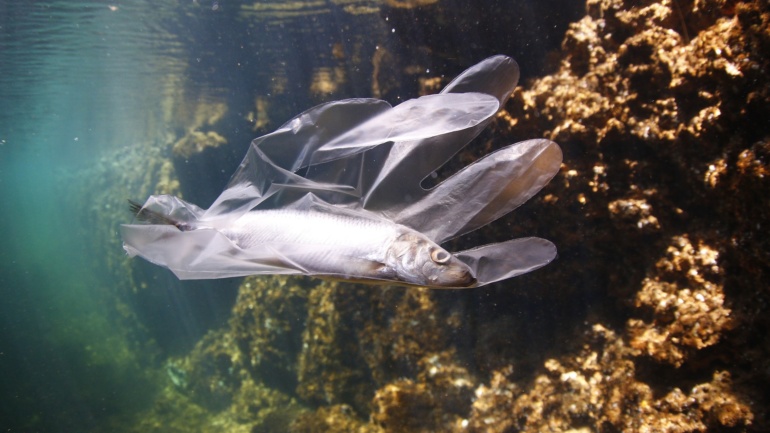By Mitriy Krause, Associate Researcher & Writer for Save The Water™ | September 24, 2022
We all need to eat. Food is a basic need. Food can also be delicious, social, and fun. But do you know where all of your food comes from? Or at what cost it’s made?
Sadly, our food production systems have negative side effects on water. Earth can regulate itself naturally. However, human farming makes it harder for Earth to do so. Under such stress, water may fail to sustain life.
Types of Contamination From Agriculture
The most common sources of water pollution are fertilizer runoff and manure. However, many sources add to risky water runoff:
- Manure
- Fertilizer
- Milking
- Egg washing
- Slaughtering
- Composting
- Pesticides
Pesticides are made with chemicals that kill off bugs and other threats to crops. These chemicals are dangerous when ingested by humans.
Pesticides also have side effects for crops. Farmers use fertilizers to negate these effects. Fertilizers are filled with nutrients to support plant growth. Fertilizer in water runoff, however, causes pollution in water systems.
Animal agriculture also poses the risk of spreading disease. The risk is highest for people working with animals directly. However, certain diseases can spread from animals to humans by wastewater.
Better regulation of the agriculture industry can lower the risks of diseases, hormones, and pollutants for civilians.
The Impact of Agriculture Pollutants
Of these hazards, phosphorus and nitrogen pollution impact water systems the most. Commercial fertilizer and animal manure are responsible for this.
Nitrogen pollution is also related to eating excess protein. If a person eats enough protein, their body will excrete excess nitrogen. When it hits waterways, it can disrupt the natural balance.
Nitrogen pollution harms water life in a process called eutrophication. Eutrophication means excess nutrients in water. Unfortunately, these nutrients aren’t a positive thing.
How do these pollutants go from simple runoff to environmental hazards?
- Water runoff travels from farms to local bodies of water.
- The contaminated water affects connected bodies of water.
- The presence of fertilizers overloads the water with nutrients.
- High nutrient concentration makes more algae grow.
- Algae that grows from nutrients eventually dies and decomposes.
- Algae decomposition depletes the oxygen in the water.
- Lack of oxygen creates dead zones in the water that cannot sustain life.
Case Study: How the “Corn Belt” Creates Dead Zones in the Gulf
One of the most concerning dead zones in North America is the Gulf of Mexico.
The Corn Belt includes states in the U.S. midwest:

- Illinois
- Indiana
- Iowa
- Kansas
- Michigan
- Minnesota
- Missouri
- Nebraska
- North Dakota
- Ohio
- South Dakota
- Wisconsin
The area is called the “Corn Belt” for their primary product: corn. However, these states house farms for all sorts of products.
Contaminated water runoff from these farms makes its way to the Mississippi River. From there, it travels down into the Gulf of Mexico.
The relationship between the midwest Corn Belt and the Gulf of Mexico tells us something important. Water runoff can travel great distances and cause damage in completely different regions. Handling this runoff must be a joint effort. In this case, those closest to the problem are at the mercy of faraway farms.
Solutions for the Agriculture Industry
Agriculture is a global industry, and a crucial one. After all, we all need food to live. Regulating pollution requires new technology, as well as social and political efforts.
On a personal level, certain lifestyle changes like eating less meat can make a difference. Researchers are also creating new technology for farmers. These creations will help farmers use water more efficiently.
Save The Water™ also has a solution to this problem. The AOT™ System allows farming wastewater to be recycled into fertilizer and other useful products. This saves water systems from being polluted, and helps farmers cut costs.
Despite this technology, some resist reusing wastewater in farming.
Agriculture is constantly evolving. We can find new ways to raise food that won’t have such a negative impact. With these technologies, plus realistic and collaborative regulations, the agriculture industry can make some vast improvements.




